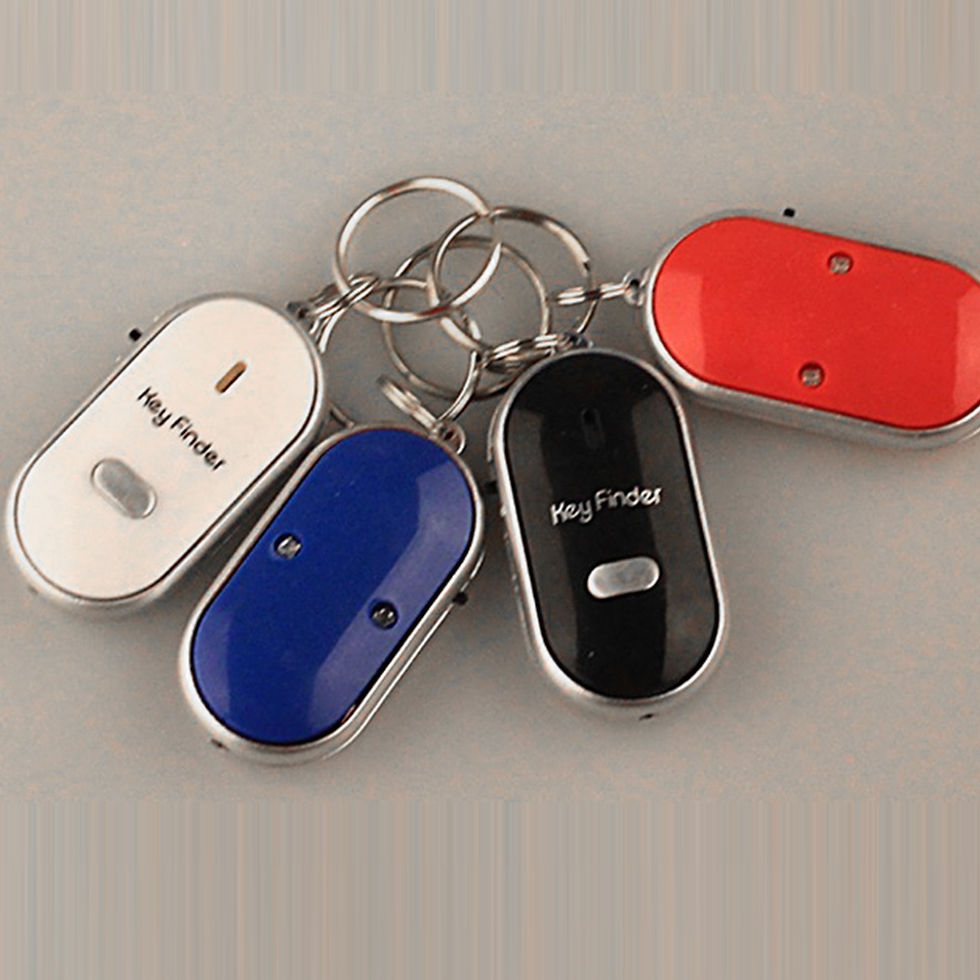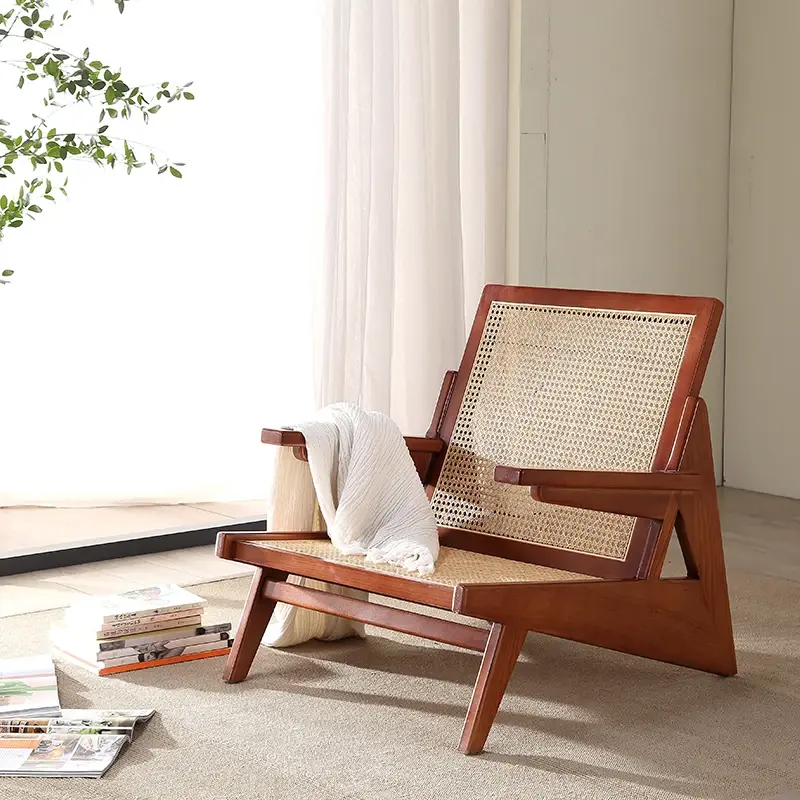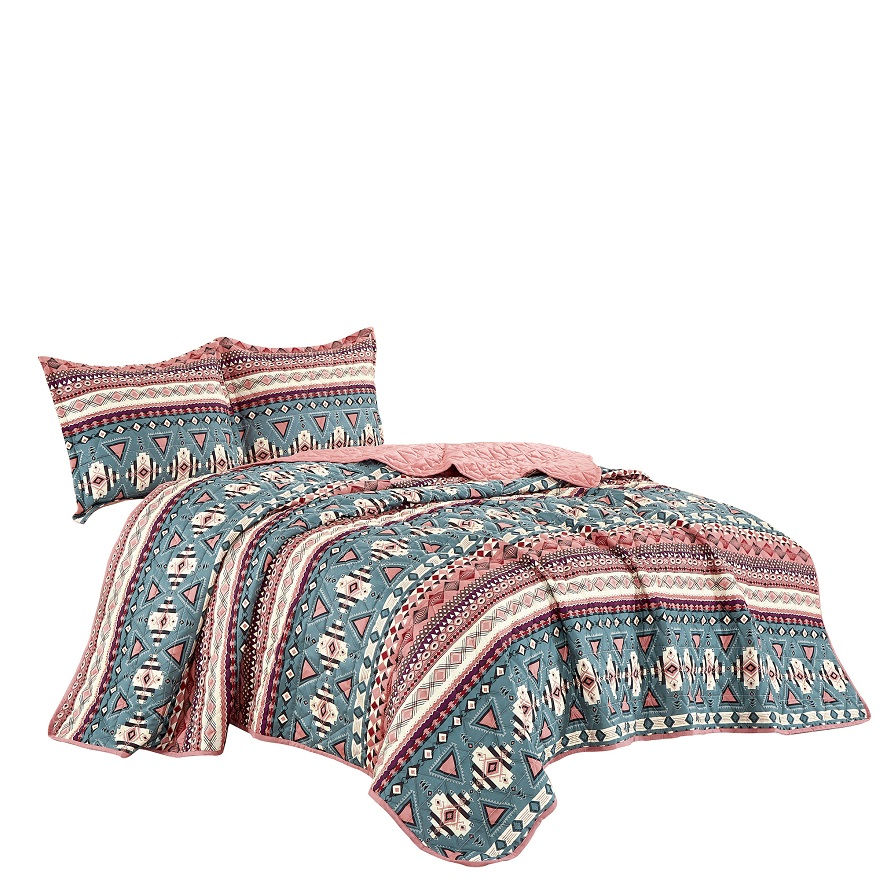Pilates For Beginners: neutral spine + hip mechanics
Happy Friday Beauties!
I’ve been looking forward to today’s post all week. We’re kicking off the first workout in our Pilates for Beginners Series.
As I mentioned last week, every Friday I’ll be explaining some of the foundational Pilates principles to help you get more out of your practice. Each post will include information on how to incorporate the principles into your workout and will be accompanied by a short Pilates For Beginners workout video.
These workouts will be slow-paced, gentle and focused on the details. Which if there’s one thing Pilates is…it’s detail-oriented. So I encourage you to join in no matter what your background. Going back to the basics is good for everyone.
Today we’re talking about neutral spine and basic hip mechanics.

Neutral Spine
I teach Pilates with a strong focus on neutral spine. That is because I believe it is the most functional way to train the body. If you want to walk around each day with a healthy, neutral spine, you should learn how to properly strengthen and support that healthy, neutral spine in your workouts.

What is neutral spine?
Neutral spine refers to the natural position and of the spine that includes 4 curves. One at the back of the neck (cervical spine), one in the mid back (thoracic spine), one in the lower back (lumbar spine) and one at the end of the spine (sacrum).
The spine has a natural “S” shape that should be honored and protected. It’s brilliant really. The design of our spine allows us to balance in a standing position and provides shock absorption to protect our discs, nerves and tissues.

(photo credit: wikipedia)
Think of it like a spring. If a spring was pulled straight, there is no shock absorption. The same is true for the spine. It needs the curves to weather the wear and tear of everyday life. Also, can you imagine jumping and landing if your spine didn’t have any “give”? Sounds jarring doesn’t it?
Pay attention to neutral spine as you go about your day. Notice when you are hold the natural curves vs slouching or swaying your back.
Throughout the workouts I will refer to neutral spine on a regular basis. More often than not you will want to maintain neutral spine. This will feel quite different during abdominal exercises if you are used to tightening your abs and subsequently flattening your back (which is very common).

Basic Hip Mechanics
This is a very simple overview and you could certainly go into much more detail on this topic, but for our purposes, the main thing I want you to know is that the hip joint is an important joint to use properly in order to avoid back pain and to develop true core strength.
Let’s focus on the relationship between the pelvis and the thigh bone (femur bone).

(photo credit: NYP.org)
Your thigh bone inserts into the pelvis and is considered a “ball and socket” joint.
Key point: The thigh bone and the pelvis are separate. They are not one unit. The thigh bone is able to move without significantly moving the pelvis. Or in other words, the pelvis is able to remain stabilized while you move your legs.

Over the years, many of us lose the proper relationship between the legs and the pelvis, which can eventually cause problems/pain/weakness in the lower back and or/hip flexors. We get into unhealthy movement patterns of moving the pelvis and leg as one unit which has negative effects on the body in the long run.
So as you move your leg, think of the thigh bone rotating in the hip socket. If you tend to feel pain or a burning sensation in your hip flexors this is an important concept for you to consider.
The body is really an amazing thing and once we start to understand these basic principles, we will be able to train more effectively. Not only will we see better results, we’ll also have confidence in the fact that we are doing exercises in a way that will keep us healthy and strong for the long run.
So, without further ado, let’s dive into this week’s workout. It’s a short workout utilizing exercises that focus on neutral spine and basic hip mechanics to so that you can take all of this information and FEEL it within your body.
Enjoy!
xo,

You can sign up for the program here!
PS – you may also enjoy, What Pilates IS and IS NOT and The 6 Principles of Pilates.
PPS – if you find this series helpful I would LOVE for you to share it with your friends! Thank you. 🙂






















































































Comments